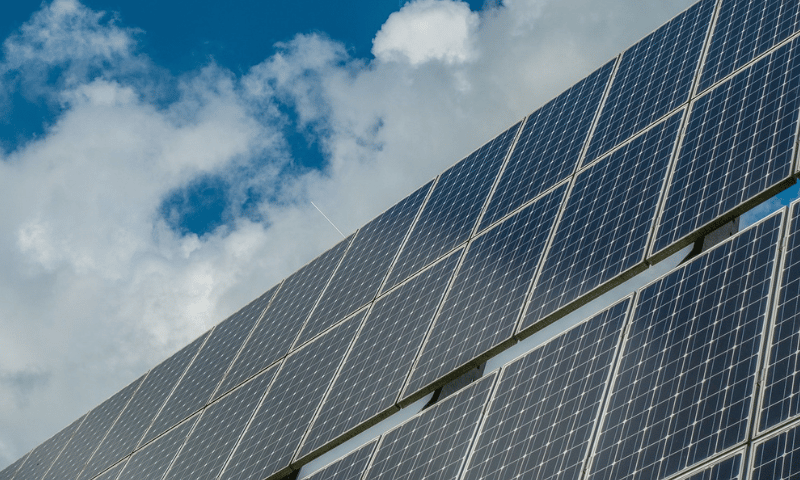
One of the biggest benefits of a solar system is that it pays off over time. The initial costs of having one installed on your property may not be the cheapest, but it’s an excellent investment in which you can reap its benefits for years. In addition, many tax incentives and rebates in Australia make it an even more worthwhile investment.
However, solar panels depreciate, too! They’re not designed to last forever, so expect that depreciation will take place over time, and that’s what we’ll discuss with you here.
How solar panels depreciate
Solar panel depreciation will occur due to various factors. Typically, a solar system can last for 25 years. However, it will degrade slowly based on the following:
- Quality
- Type
- Brand
This is the reason you should always ensure that you have quality solar panels installed on your property. Also, for this reason, we recommend you choose Tier 1 solar panel manufacturers as they are the ones who produce high-quality solar panels. In addition, monitor your solar system for signs of degradation to stay on top of things.
Some of the most common issues are:
- Light Induced Degradation (LID): The first time solar panels are exposed to sunlight, power stabilisation occurs due to oxygen traces in the silicon wafer. During this time, your solar panels can lose two to three per cent of their rated wattage output in the first one hundred hours of operation, and its full effect will occur in the first year. After that, the LID rate will reduce significantly every year from approximately 0.3 per cent to 0.7 per cent for the next 20 years.
- Potential Induced Degradation (PID): This form of solar panel degradation may be seen after four to ten years. PID occurs due to increased temperatures, high humidity, and high voltage.
- General degradation: Solar panels may also suffer when protective layers and the encapsulate break down, which is often due to failure in the back sheet.
- Hot spots: Most of the modern solar panels today are made with ultra-thin crystalline silicone wafers, which can be brittle that may make them crack under high mechanical stresses or poor handling during installation. It can also be due to extreme wind or large hail. Hot spots may cause a problem when the interconnected cells on the panels are compromised, which may produce more heat.
In addition to these, other factors may impact the lifespan of your solar system, causing it to depreciate.
Humidity
When there’s too much humidity, it can create moisture that can cause the solar panels to deteriorate, which will affect the overall efficiency of the solar system. This usually happens in certain areas of the country, such as the Northern Territory and Queensland.
UV damage
One thing that makes for a high-quality solar system is its ability to stand up to UV rays. Unfortunately, not all solar panel manufacturers use the most effective UV blockers on the panels; therefore, this may be detrimental to the panels. Hence, it’s vital to take the time to find a high-quality manufacturer that can guarantee only the best panels for your property.
Thermal cycling
It’s no secret that climate change has caused temperatures to fluctuate more, and when this happens, your solar panels can contract and expand.
Wind
Heavy winds can cause solar panels to weaken over time. Again, this is one of the reasons you need to ensure you’re buying a solar system that can withstand extreme weather conditions.
When is it time to replace your solar system?
With several factors that may impact the efficiency of your solar system, you need to know when you should replace your solar system. Most solar panel manufacturers recommend that you replace solar panels when they drop to around 80 per cent efficiency.
Energy Matters has over 17 years of experience in the solar industry and has helped over 40,000 Australian households in their journey to energy independence.
Complete our quick Solar Quote Quiz to receive up to 3 FREE solar quotes from trusted local installers – it’ll only take you a few minutes and is completely obligation-free.
Our professional solar installers in Melbourne will assess and determine your energy needs. We customise a solar panel system in Melbourne to fit the roof size of your properly, ensuring you receive the most suitable a solar panel system for your Melbourne home, meeting to property’s energy requirements.







































